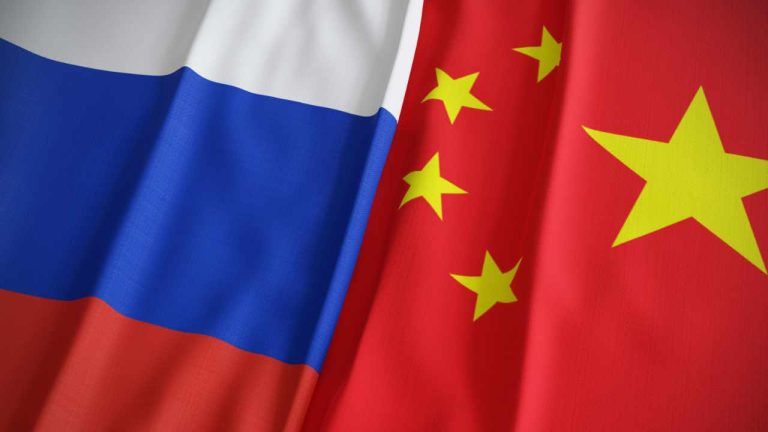
In a significant shift that reflects the ongoing trend of de-dollarization in global trade, Russia and China have made substantial progress in reducing their reliance on the U.S. dollar for bilateral transactions. The two economic powerhouses have increasingly turned to their own currencies, the ruble and the yuan, to conduct trade, marking a strategic move that could have far-reaching implications for the international financial system.
Following a recent meeting between Russian President Vladimir Putin and Chinese President Xi Jinping in Moscow on May 8, it was revealed that almost all foreign trade operations between the two countries are now being conducted in rubles and yuan. This decision underscores the deepening economic ties between Russia and China and their shared commitment to reducing their exposure to the U.S. dollar, a currency that has traditionally dominated global trade and finance.
The move away from the dollar in Russian-Chinese trade is part of a broader trend known as de-dollarization, which involves reducing the dominance of the U.S. dollar in international transactions. Countries like Russia and China have been actively seeking to diversify their foreign exchange reserves and reduce their reliance on the dollar in response to geopolitical tensions and concerns about the stability of the global financial system.
By conducting trade in their own currencies, Russia and China are not only reducing their exposure to potential U.S. sanctions and economic pressure but also promoting the internationalization of the ruble and the yuan. This shift could help bolster the standing of the Russian and Chinese currencies on the global stage and challenge the long-standing dominance of the U.S. dollar as the world's primary reserve currency.
The growing use of the ruble and the yuan in Russian-Chinese trade also reflects the strengthening economic partnership between the two countries. Russia and China have been expanding their cooperation in various areas, including energy, infrastructure, and technology, as they seek to deepen their economic integration and counterbalance the influence of Western powers in the global economy.
While the transition away from the dollar in Russian-Chinese trade is still in its early stages, it is a significant development that highlights the shifting dynamics of the international monetary system. As Russia and China continue to strengthen their economic ties and promote the use of their own currencies in international transactions, the global financial landscape is likely to see further changes that could reshape the balance of economic power in the years to come.
Source: https://news.bitcoin.com/russia-china-foreign-trade-near-dollar-free-almost-all-in-rubles-yuan/

Leave a Reply